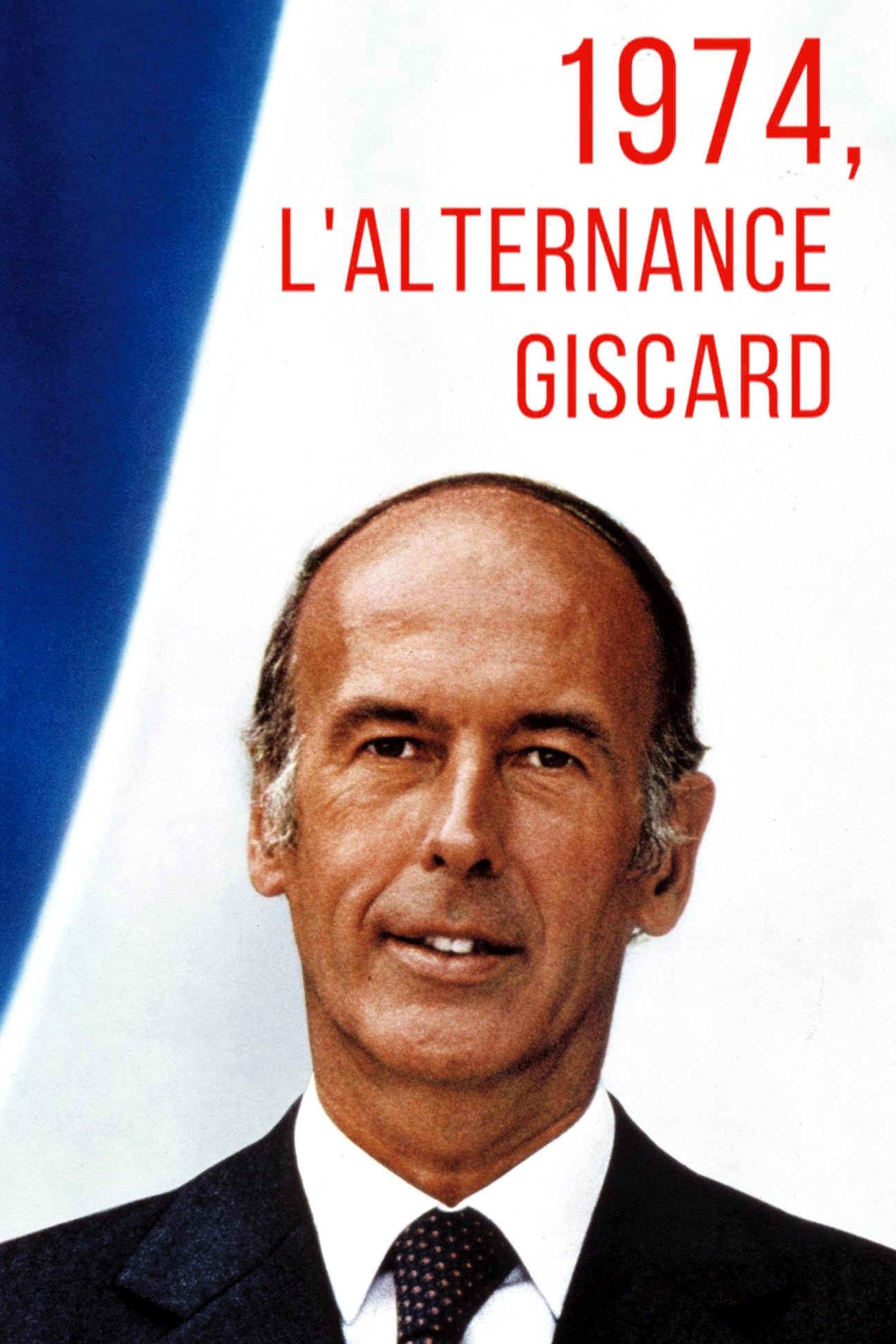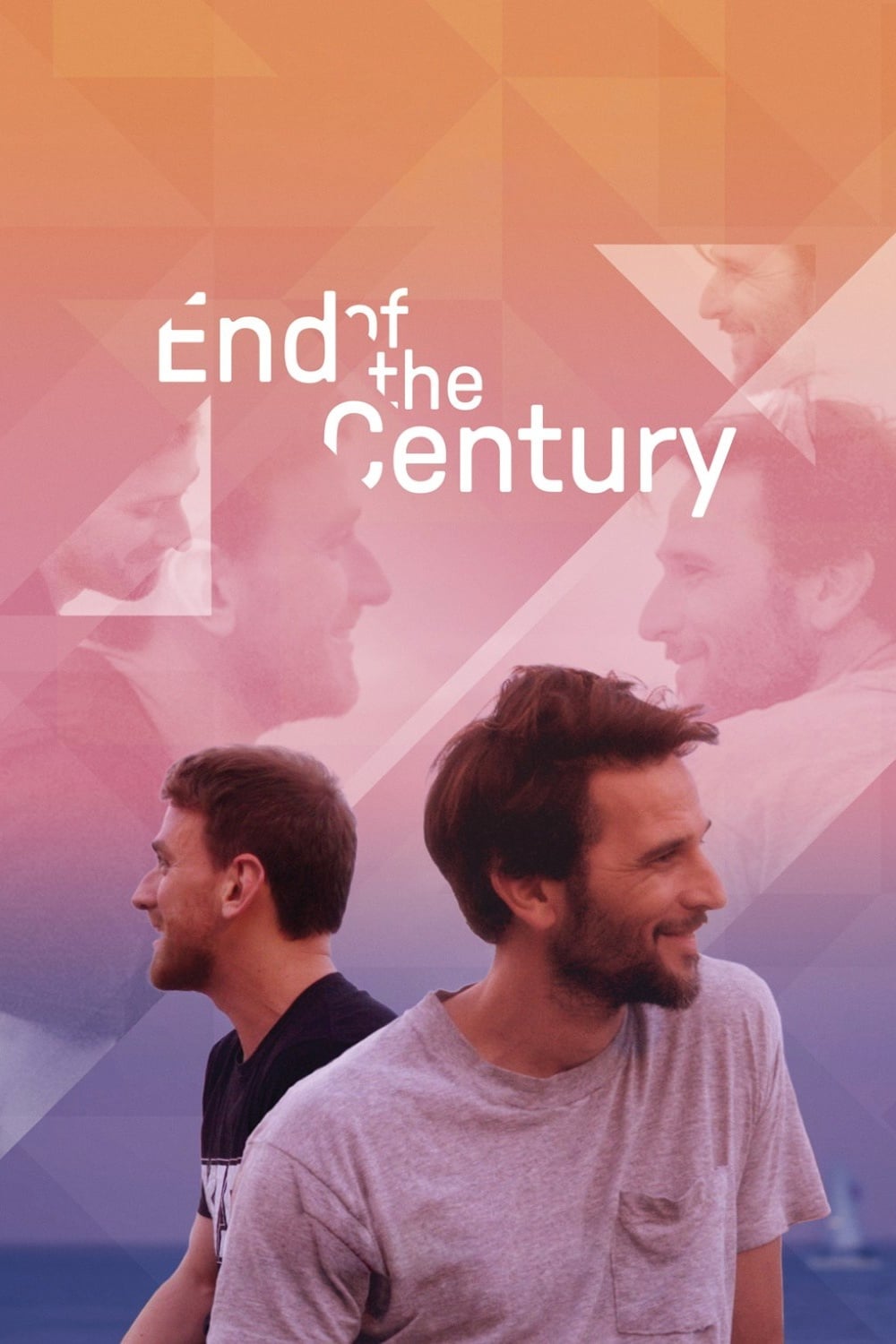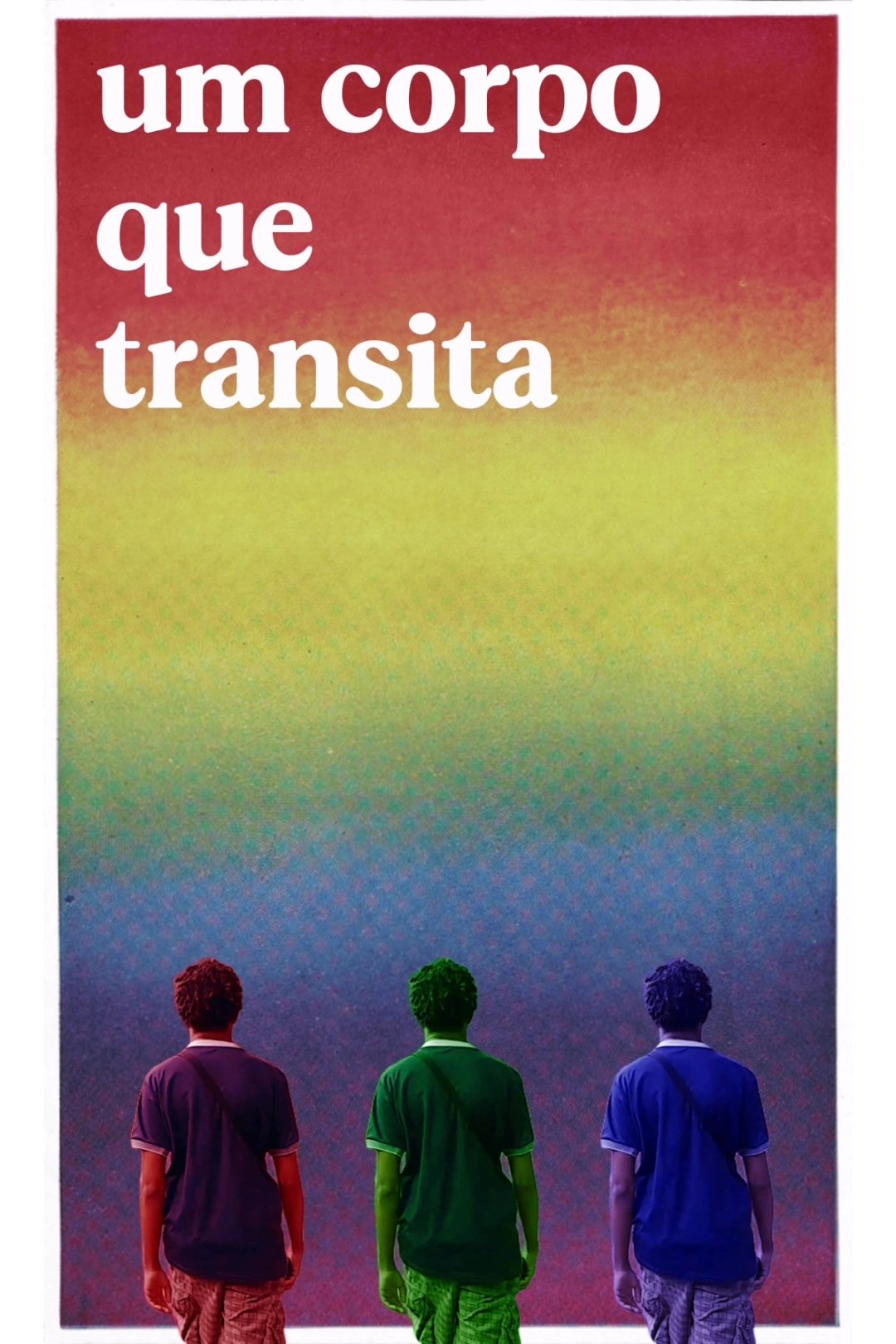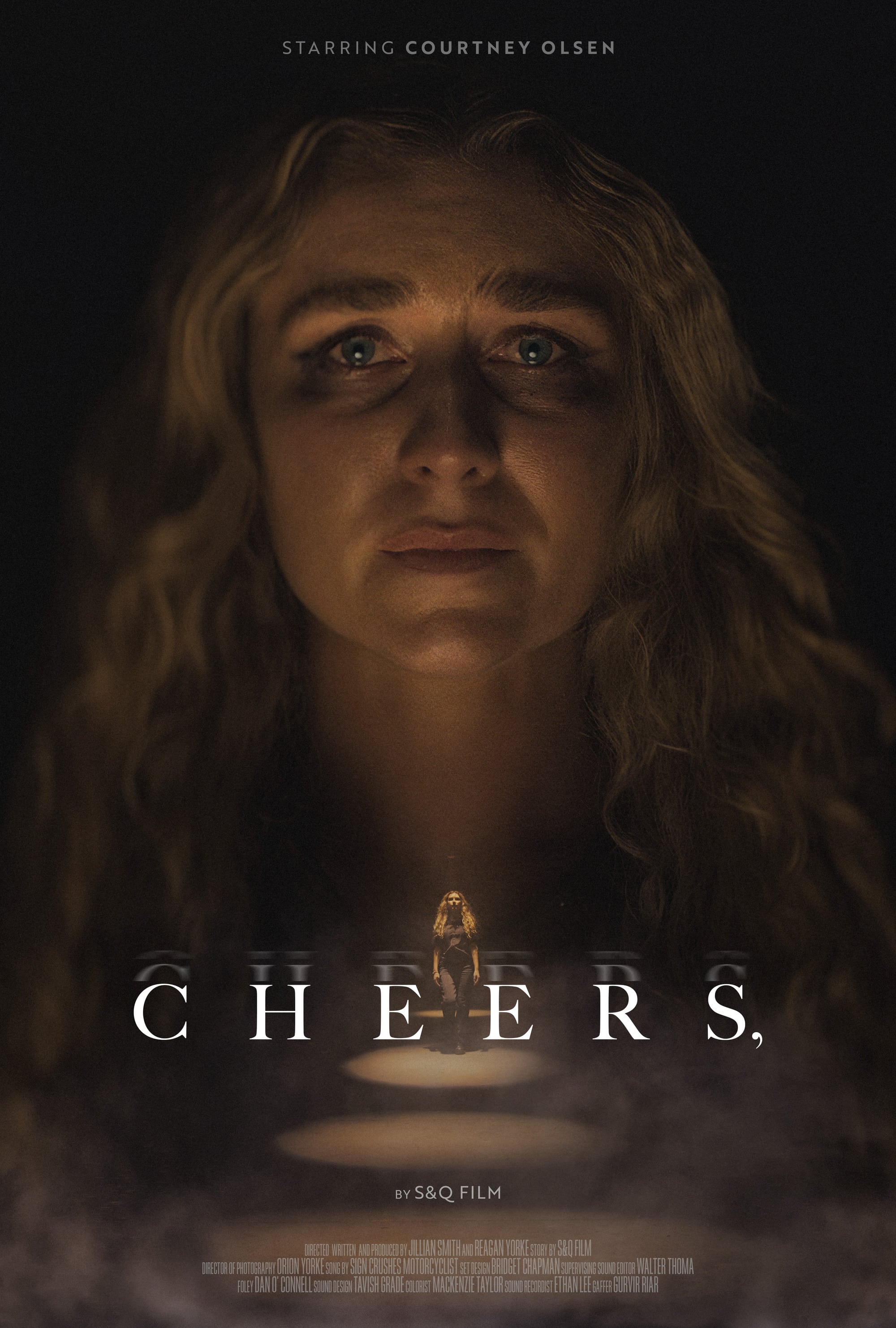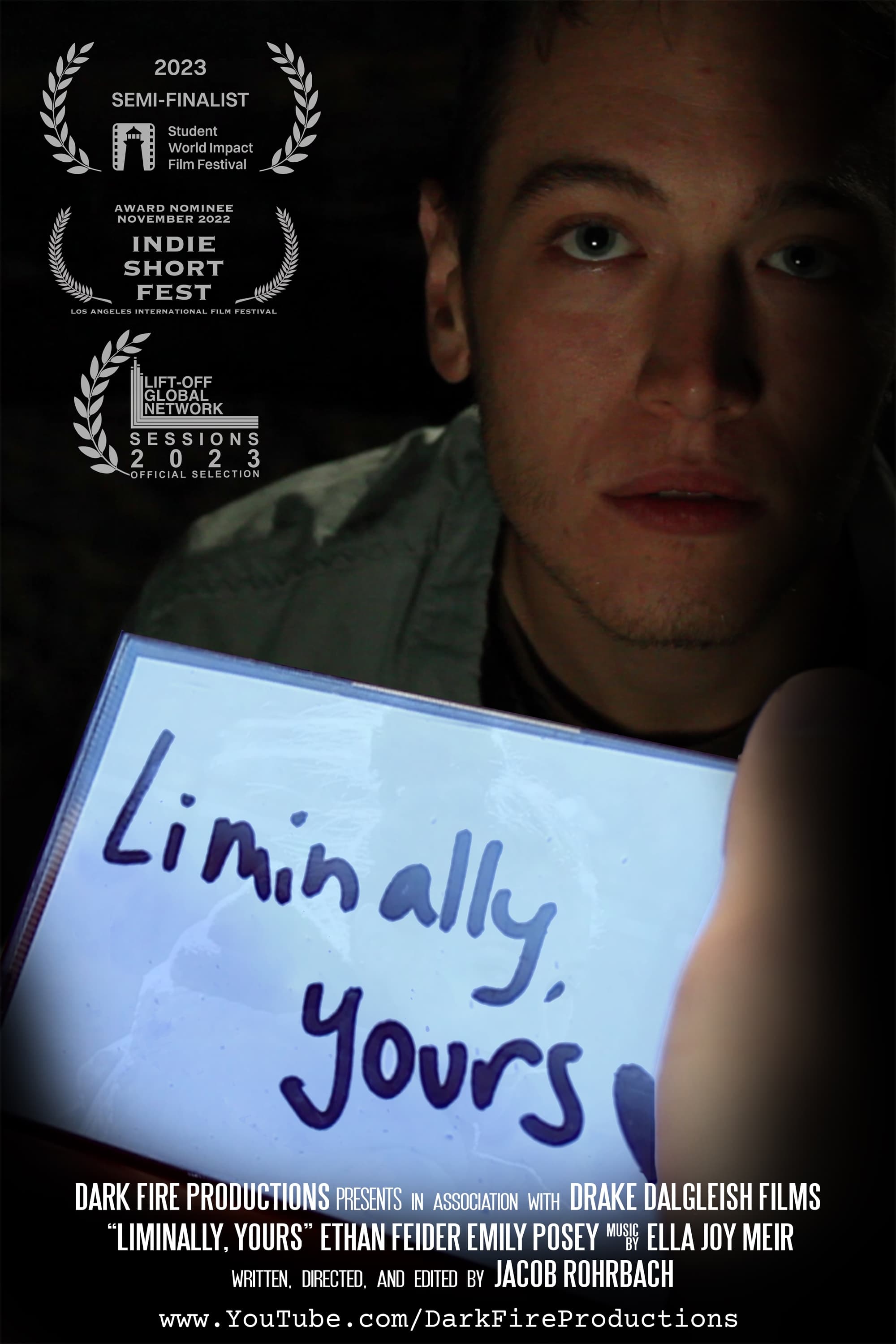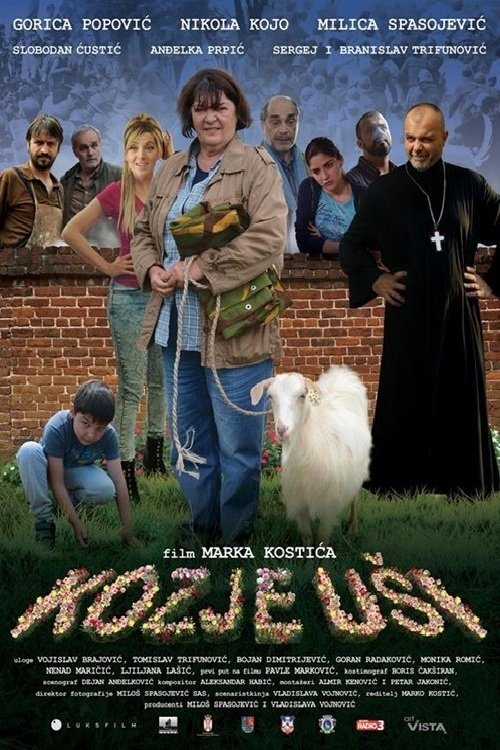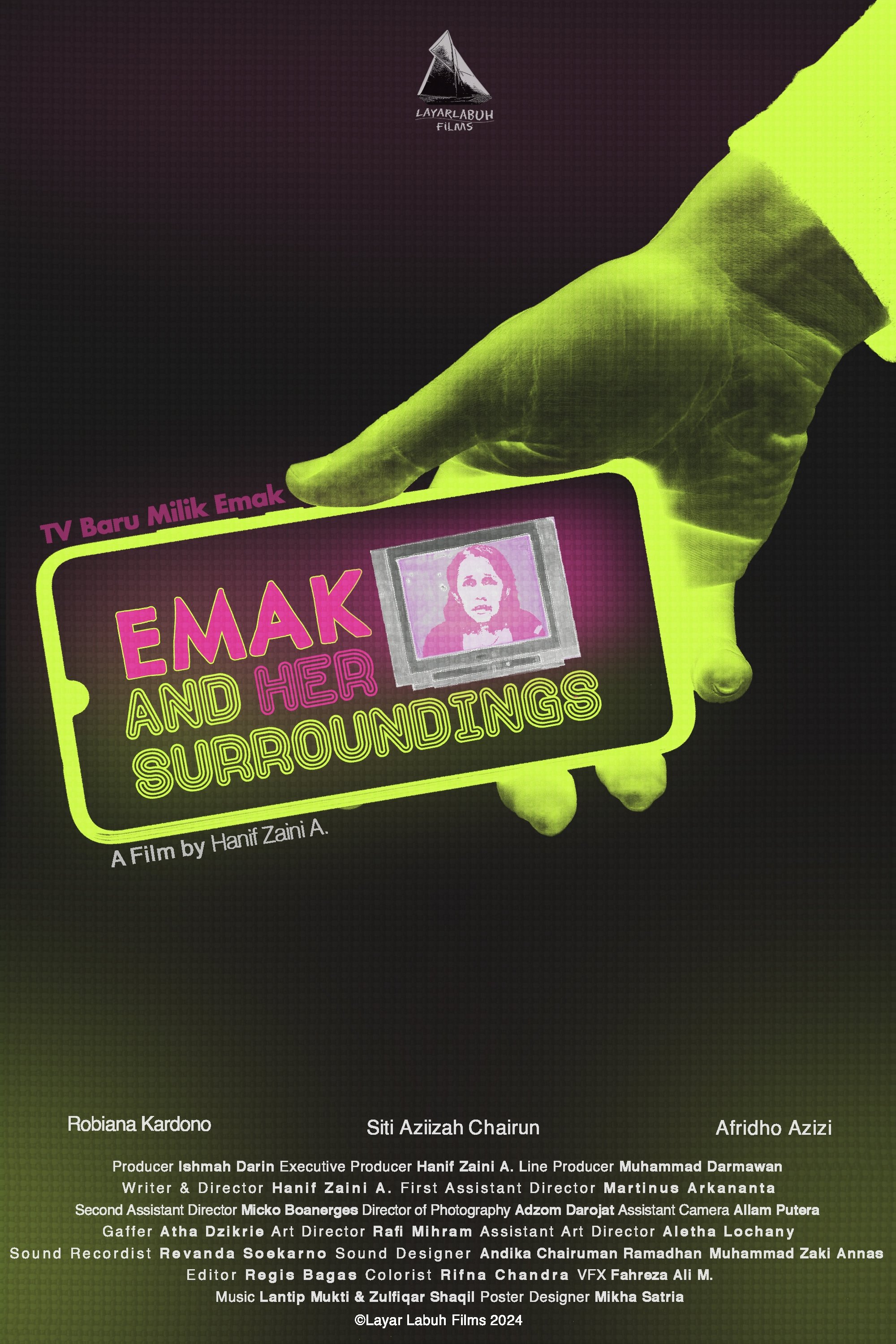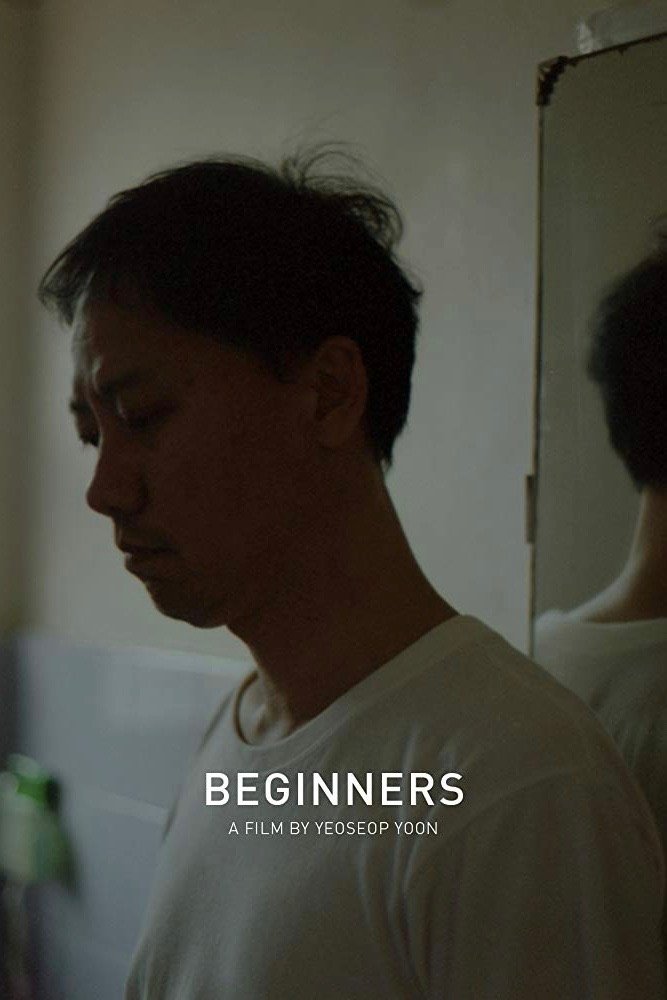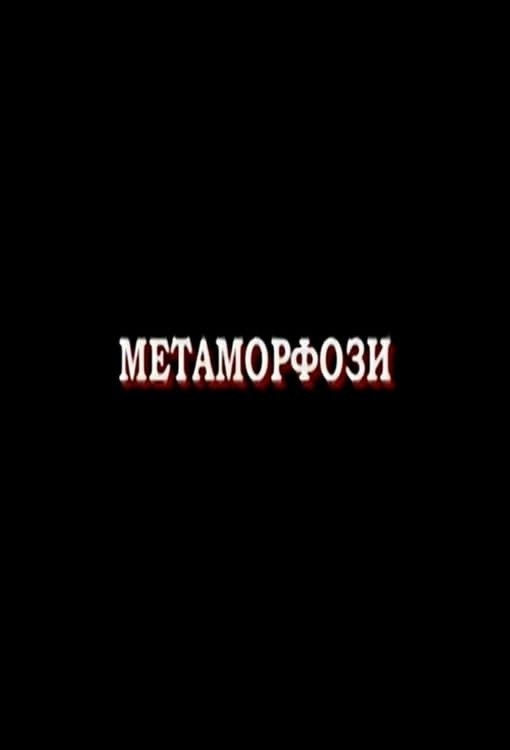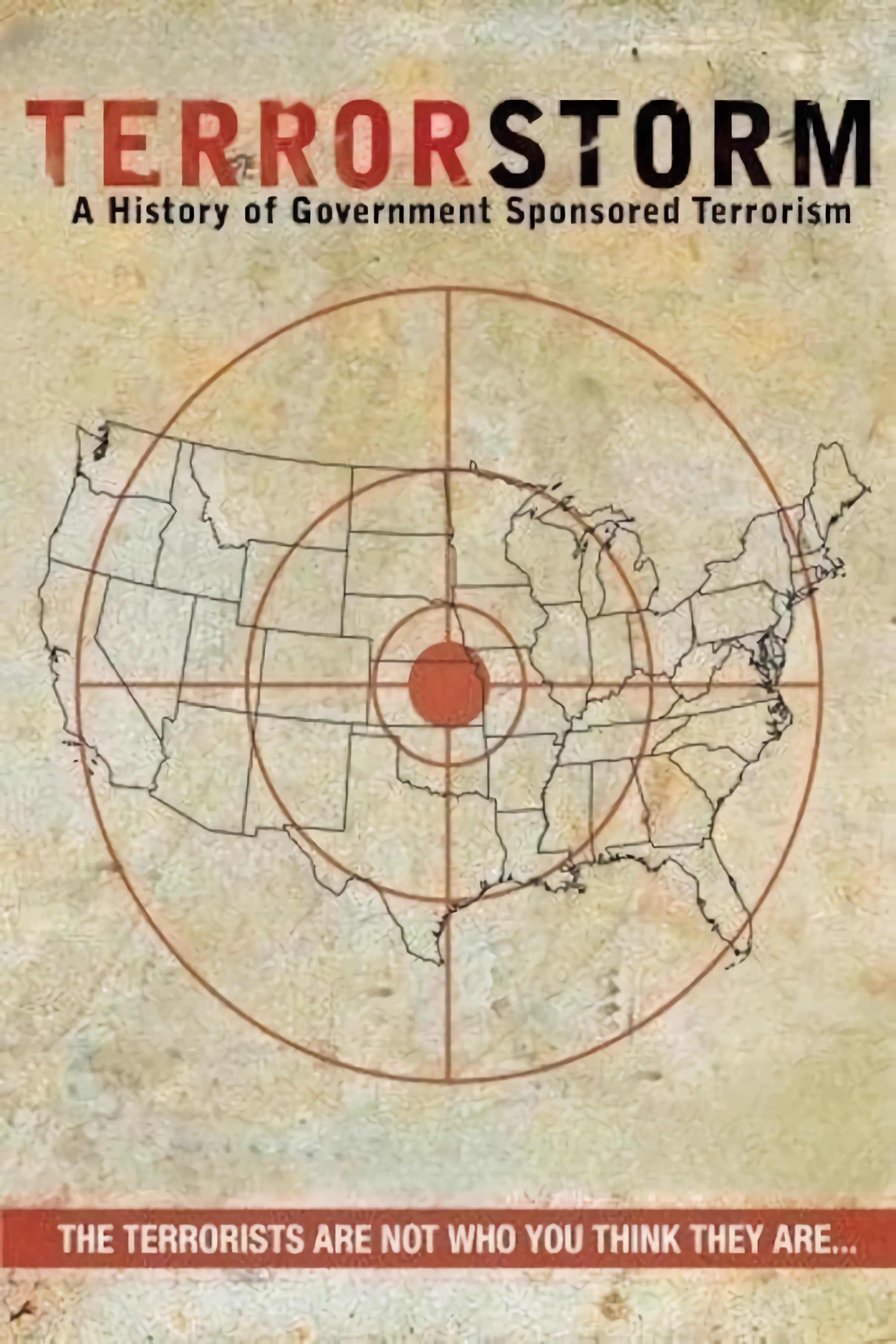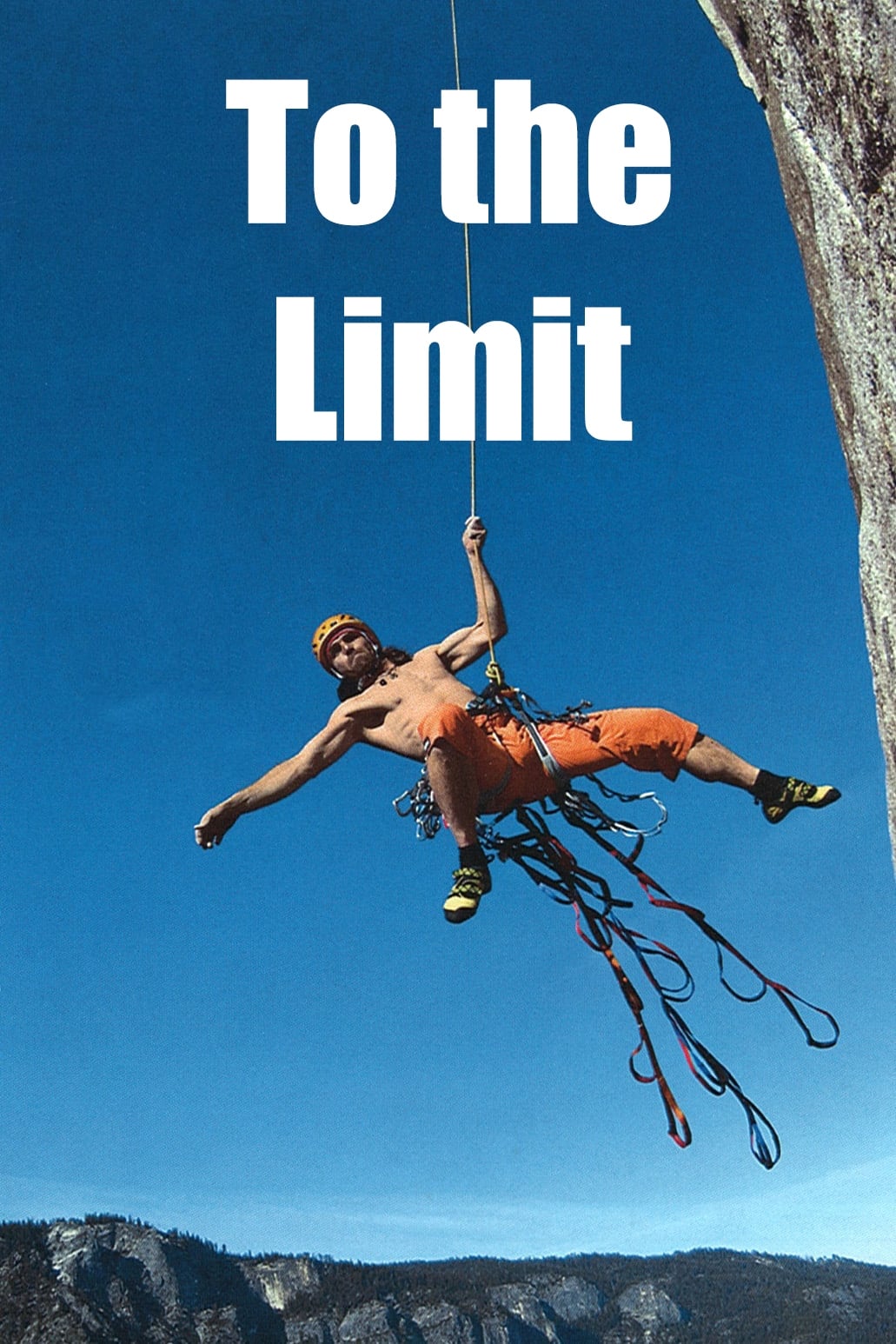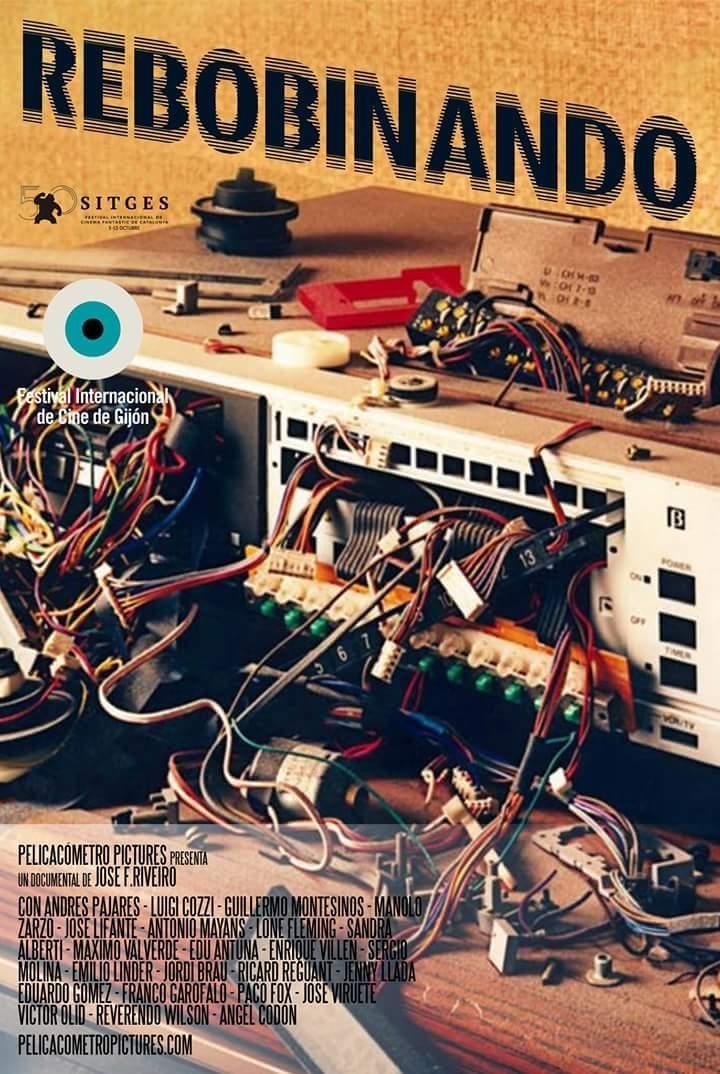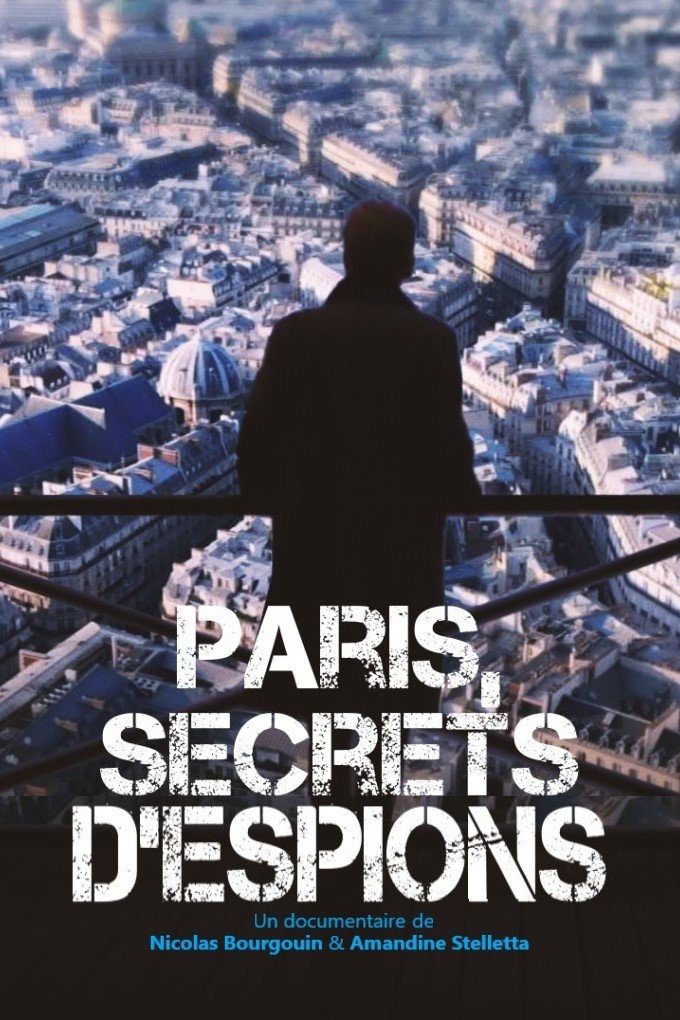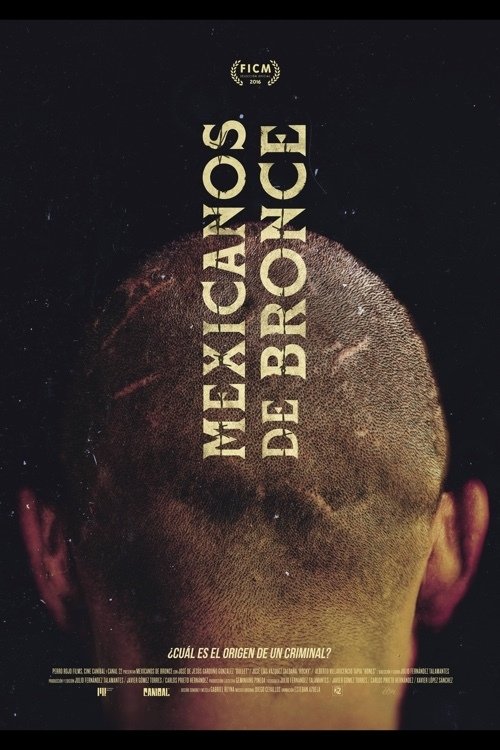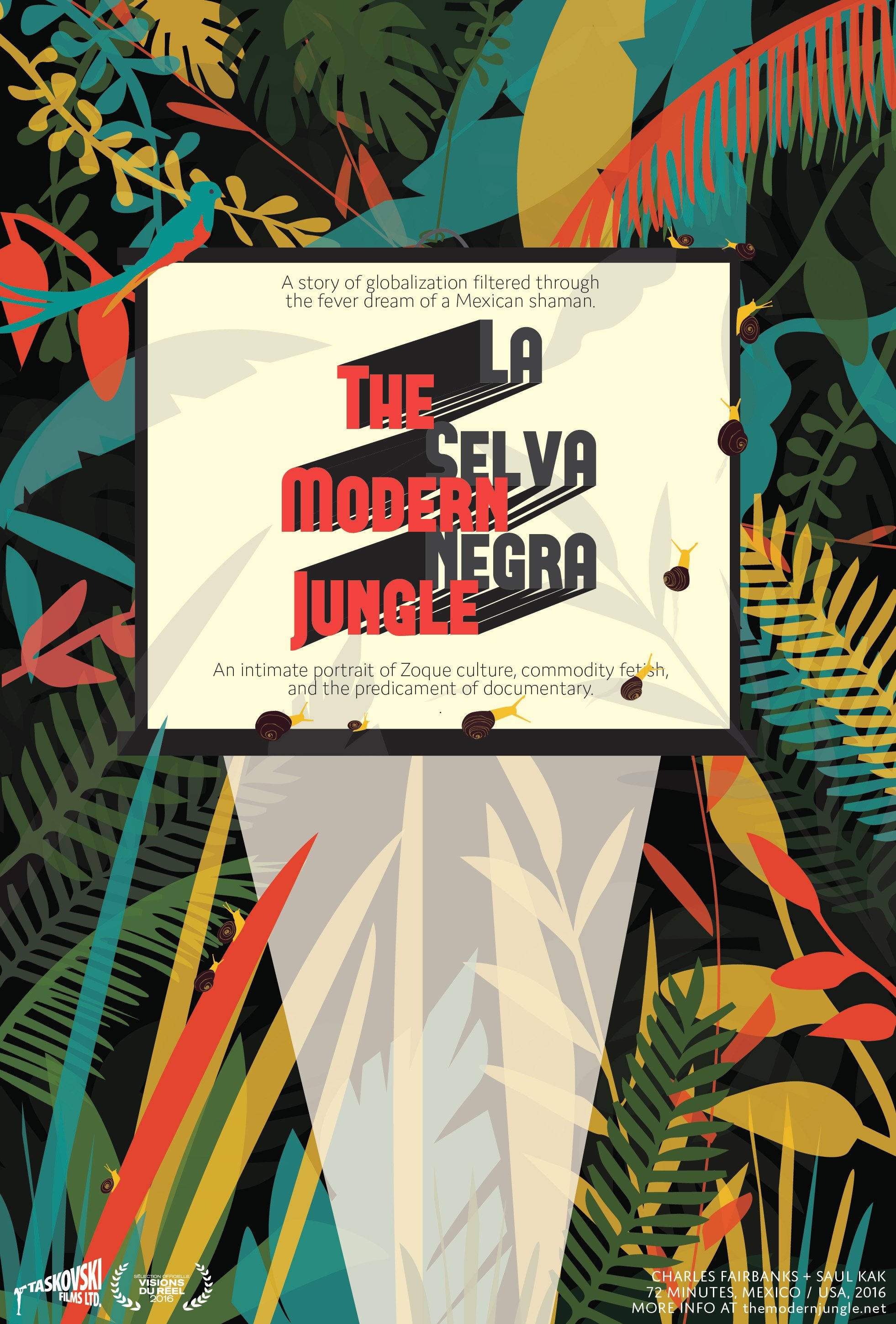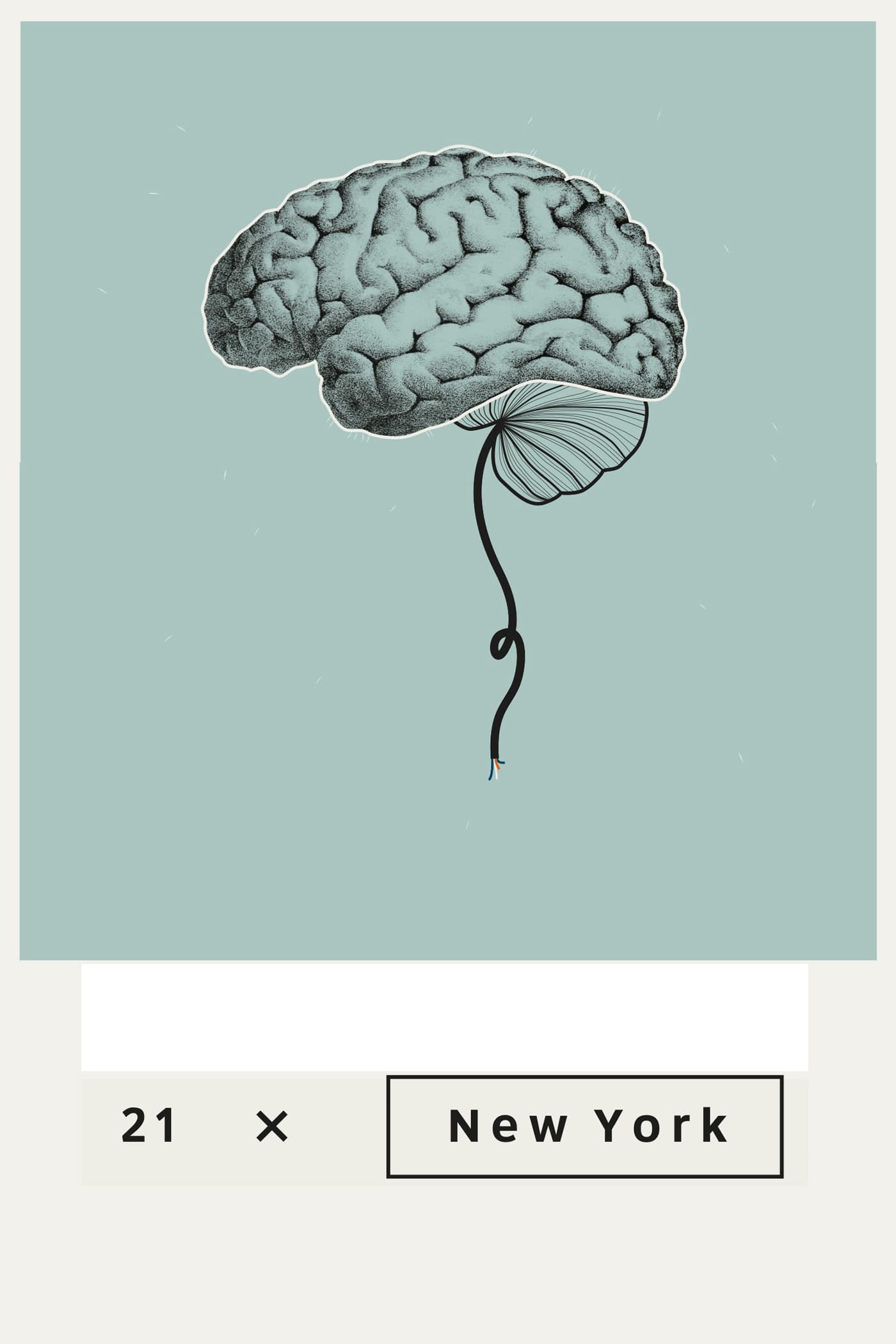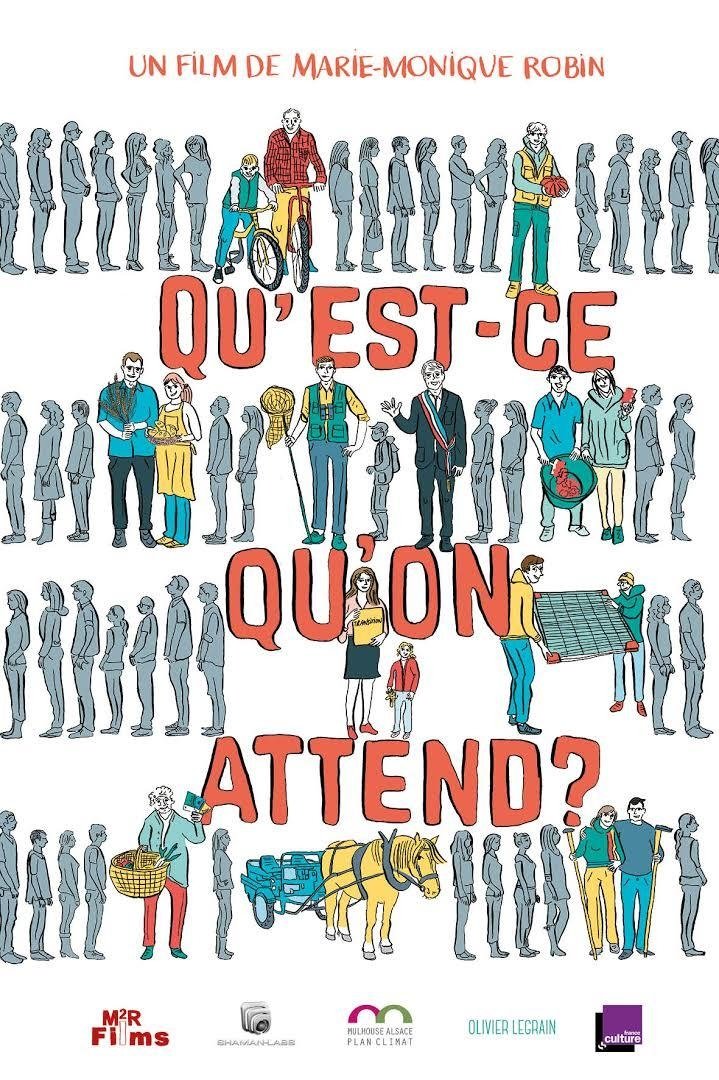
Qu'est-ce qu'on attend ? (2016)
Overview
The new documentary from director Marie-Monique Robin about the French village Ungersheim.
Production Companies
Additional Info
| Budget | $0.00 |
|---|---|
| Revenue | $0.00 |
| Original Language | fr |
| Popularity | 0.148 |
Directed By
Marie-Monique Robin
TOP CAST
Similar Movies
Bambi
Bambi was born Jean-Pierre Pruvot in a tiny Algerian village in 1935. Even as a child, she refused to meet the expectations of her extended family, choosing instead to find a way to become the woman she always knew herself to be. A Cabaret Carrousel de Paris performance in Algiers in the 1950s proved to be all the encouragement she needed to emigrate to the French capital, assume the stage name of ‘Bambi’ and lead the life she longed for on the music-hall stages.
1974, l'alternance Giscard
In May 1974, Valéry Giscard d'Estaing became the third President of the Fifth Republic. An alternation of power that did not speak its name opened the doors of power to a reforming president. Abortion, divorce by mutual consent, lowering the age of majority to 18 - in less than two years, the youngest President of the Republic - at the time - carried out reforms with a vengeance, without a united majority in Parliament, before failing in the economic sphere and losing the battle against unemployment. At the age of 90, the former President of the Republic has agreed to look back on these years and gives us a valuable account of his time in power.
Wolfsburg - mobility transition town
In August 2022, a handful of creative activists went to the “lion's den” in Wolfsburg, the heart of the automotive industry, for two years. Their goal: to break up the automotive consensus - to open a window of opportunity through creative campaigns and colorful actions together with militant workers. Their goal was to reach the conversion of production to things we really need - and socialization - the factory for those who work in it. The film, with some action scenes and many interview passages, shows the effectiveness of direct action on social awareness. “It doesn't take many to make a difference,” the activists and workers are convinced. It's about thinking about the social and ecological issues together and acting accordingly.
End of the Century
Two men meet in Barcelona and after spending a day together they realize that they have already met twenty years ago.
Liminally, Yours
The last person on Earth revisits their memories as they wander a lonely world
Out of the Woods
60 year old woman leaves urban life and goes to live in a village to take care of her grandchildren whose parents now live in America. There she faces lots of financial hardships as the family doesn't send any money, and tries her best to provide all for their happier childhood.
Emak and Her Surroundings
Emak who wanted a new digital TV because her analog TV service had been cut off, but was not financially able to afford it until her granddaughter Rahma invited her to do Live Streaming on "TokTok".
Metamorphoses
This is a time when we learn afresh that nothing lasts forever and that the variability is an integral part of everyday life. What is a river today does not mean that tomorrow will not become a sea. Life itself is one large metamorphosis, and the human being is its variable shape...
Terrorstorm
Throughout history, regimes have used terror attacks as a means of control over their populations, and for the last 100 years, Western governments have employed the same measures.
To the Limit
Daredevil mountain climbers on their attempt to break yet another speed climbing record.
Paris, secrets d'espions
Eavesdropping, infiltration, compromise or political assassination, the French capital has been the scene of actions carried out by Russian, Chinese, American, Israeli or Turkish spies since the end of the 19th century. With two airports, seven major train stations, numerous cemeteries and churches, a record number of metro stations, 157 embassies and the headquarters of UNESCO at 7 Place de Fontenoy, Paris is an ideal playground for secret agents from around the world. Let's take a look at the major cases, the methods and the lairs of the spies.
Mexicanos de bronce
Bullet is released after his third conviction, and struggles to reach success in Hip-Hop and recover his family.
The Modern Jungle
A story of globalization filtered through the fever dream of a Mexican shaman, The Modern Jungle is also an intimate portrait of Zoque culture, commodity fetish, and the predicament of documentary.
21 x New York
An intimate portrait of the city and its people. We meet the characters in the NYC subway and we follow them to the surface finding out about their lives, cravings, passions, hopes and dreams - sometimes lost and sometimes still waiting to be fulfilled. What comes out of it is an emotional tale of solitude that haunts us in 21st century western world.
Diameter of the Bomb
Since the renewed Intifada began in 2000, there have been over 75 Palestinian suicide bombings. This is the story of 0ne-the bombing of bus 32 in Jerusalem in June 2002. The film connects the stories of a group of ordinary Israelis-Jews and Arabs. Each of them holds a clue to someone who died that day.

